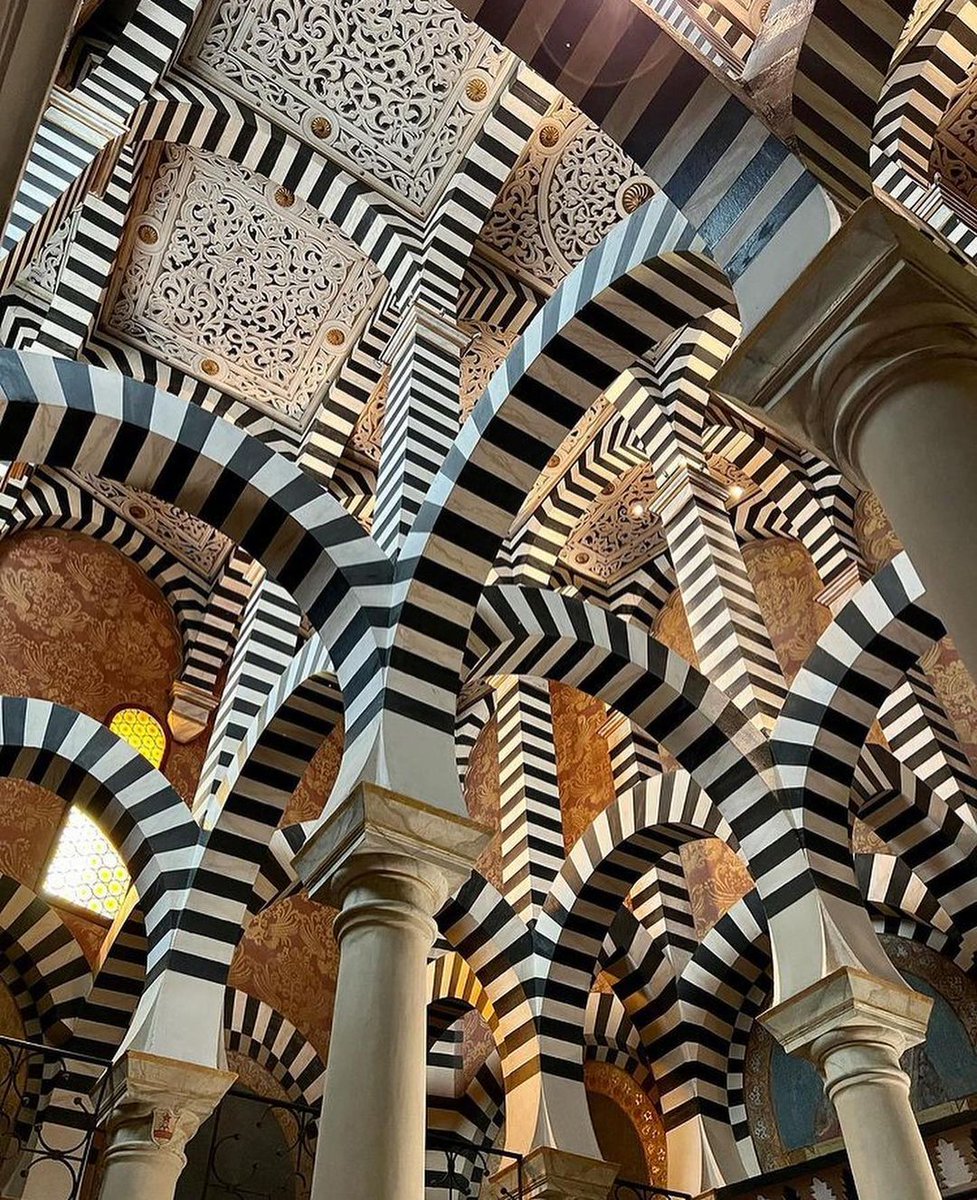L’iconica cappella di Rocchetta Mattei unisce elementi arabo islamici, come gli archi ispirati a quelli della Mezquita di Cordova, con altri della tradizione architettonica medievale italiana, come il matroneo e l’abside semicircolare. 

Le decorazioni sono realizzate con materiali locali tra i quali gesso, cemento, mattoni e legno. Anche le decorazioni del soffitto non sono lignee, ma tele dipinte che riproducono intarsi con fioroni dorati, questi ultimi invece in legno.
Foto: bob_sails_away/sissigram87
Foto: bob_sails_away/sissigram87

Il castello definito “Rocchetta Mattei” deve il suo nome al conte Cesare Mattei (1809-1896) che lo fece edificare sulle rovine di un'antica costruzione risalente all’XIII secolo. La rocca si trova in #EmiliaRomagna, sull'Appennino tosco-emiliano, in località Savignano. 

Il conte Mattei, letterato, politico e medico autodidatta, fu il fondatore dell'elettromeopatia. Dostoevskji lo cita ne I fratelli Karamàzov, quando fa raccontare al diavolo di essere riuscito a guarire da terribili reumatismi grazie a un libro e alle gocce del conte Mattei. 

• • •
Missing some Tweet in this thread? You can try to
force a refresh















